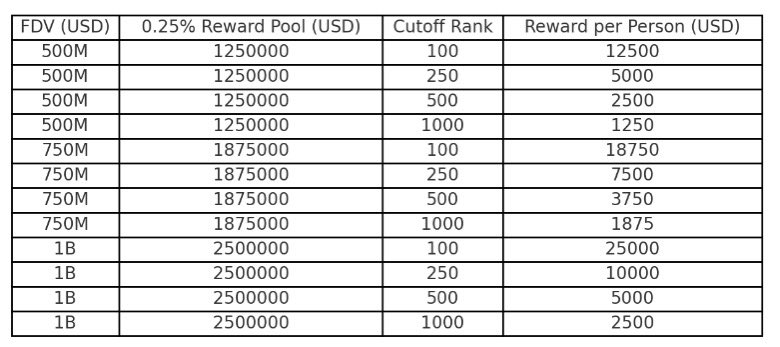—
The Growing Influence of AI: Navigating the Transformative Wave
Artificial Intelligence (AI) is no longer just a buzzword floating around tech conferences; it has become an integral part of countless industries, reshaping the way we live, work, and envision the future. From automating mundane tasks to unlocking new realms of creativity and decision-making, AI’s impact is both profound and rapid. Yet, as this wave grows, it brings with it a host of opportunities, challenges, and questions that deserve a deep dive.
—
What Exactly Is AI and Why Does It Matter?
At its core, Artificial Intelligence refers to computer systems’ ability to perform tasks that typically require human intelligence. These include recognizing speech, making predictions, learning from data, and even understanding emotions. Unlike traditional programming, where rules are explicitly coded, AI systems often learn patterns autonomously through data — a leap that enables adaptability and continuous improvement.
This capability matters because it transforms industries and personal experiences alike. Imagine customer service bots that understand nuanced queries, medical diagnostics with pinpoint accuracy, or supply chains that optimize themselves in real time. AI is not only increasing efficiency but also enabling entirely new possibilities that were once science fiction.
—
The Diverse Forms of AI Shaping Our World
AI’s world is vast, but it mainly branches into three categories that vary in complexity and capability:
– Narrow AI: Designed for a specific task, like virtual assistants (e.g., Siri, Alexa), recommendation systems on Netflix, or fraud detection algorithms in banking. These systems excel at their domain but cannot generalize beyond it.
– General AI (AGI): This is the hypothetical level where AI would match or exceed human intelligence across virtually all tasks. AGI remains a work in progress with serious debate about its feasibility and timing.
– Superintelligent AI: A speculative future stage where AI surpasses human intelligence by far, sparking deep philosophical and ethical discussions about its control and alignment.
Currently, the world is predominantly interacting with Narrow AI, which nonetheless is transforming multiple sectors.
—
Real-World Applications: AI’s Rise Across Industries
AI’s fingerprints are everywhere, often invisibly integrated but dramatically enhancing outcomes.
– Healthcare: AI-powered tools analyze medical images, predict patient deterioration, and even assist in drug discovery, potentially saving countless lives and accelerating scientific breakthroughs.
– Finance: AI algorithms detect fraudulent activities faster than human teams, help tailor investment portfolios based on risk appetite, and enable smarter credit scoring.
– Manufacturing and Logistics: Robotics and AI systems coordinate production lines, forecast demand, and optimize routes to reduce costs and emissions.
– Creative Industries: From AI-generated art and music to writing assistants, AI is expanding the canvas of human creativity, sparking both excitement and debate over originality and authorship.
—
Ethical and Societal Considerations: Navigating the AI Dilemma
With great power comes great responsibility, and AI is no exception. The growing adoption prompts critical issues:
– Bias and Fairness: AI models learn from historical data, which can embed societal biases. Without careful design, these biases reinforce inequalities, affecting hiring, law enforcement, and lending decisions.
– Privacy: The data fueling AI often includes sensitive personal information. Ensuring robust data protection and consent mechanisms is crucial to maintain trust.
– Employment Impact: Automation threatens some job categories while creating others. Managing this transition equitably requires thoughtful policy and reskilling efforts.
– Transparency and Accountability: Complex AI systems can operate as “black boxes” whose decisions lack clear explanations, challenging regulatory oversight and user trust.
Addressing these aspects is as important as the technological developments themselves.
—
The Road Ahead: Balancing Innovation with Prudence
AI’s trajectory is akin to a fast-moving river with currents of innovation and undercurrents of risks. To harness its potential responsibly:
– Collaboration Across Disciplines: Combining insights from technologists, ethicists, policymakers, and communities ensures AI development aligns with societal values.
– Regulatory Frameworks: Adaptive, transparent regulations can guide ethical AI progress without stifling innovation.
– Investing in Education: Equipping people with AI literacy helps individuals engage with technology smartly and critiques its outputs thoughtfully.
– Research into Explainability: Enhancing AI transparency fosters accountability and user confidence.
By cultivating an ecosystem that values both creativity and caution, AI’s promise can be a force for broad-based good.
—
Looking Beyond the Horizon: AI as a Human Partner
The most compelling vision for AI is not as a replacement for human ingenuity but as a powerful partner augmenting our abilities. Imagine doctors aided by AI uncovering subtle patterns, artists collaborating with generative models, or educators personalizing learning at scale. This synergy could unlock levels of understanding and productivity previously unattainable.
Yet, nurturing this partnership demands vigilance against complacency or overreliance. Humans must remain the ultimate decision-makers, ensuring technology serves shared goals of wellbeing, equity, and progress.
—
Final Reflections: Embracing AI with Eyes Wide Open
AI stands at the crossroads of immense promise and complex challenges. Its relentless advance invites us to rethink not only technology but the very fabric of society — how we work, relate, and envision the future.
By embracing AI thoughtfully, acknowledging its imperfections, and committing to inclusive dialogue, we can shape a future where intelligent machines amplify human potential rather than diminish it. The dance between innovation and ethics may be intricate, but it’s also an opportunity for profound growth and discovery.
—
References
– How AI is Transforming Industries – MIT Technology Review
– Artificial Intelligence and Ethics – Stanford Encyclopedia of Philosophy
– The Future of Work in the Age of AI – McKinsey & Company
– AI Explainability and Accountability – IBM Research
—
This analysis unpacks AI’s multifaceted nature in a way that balances enthusiasm for its breakthroughs with necessary caution, inviting readers to participate in the unfolding story of human and machine collaboration.





